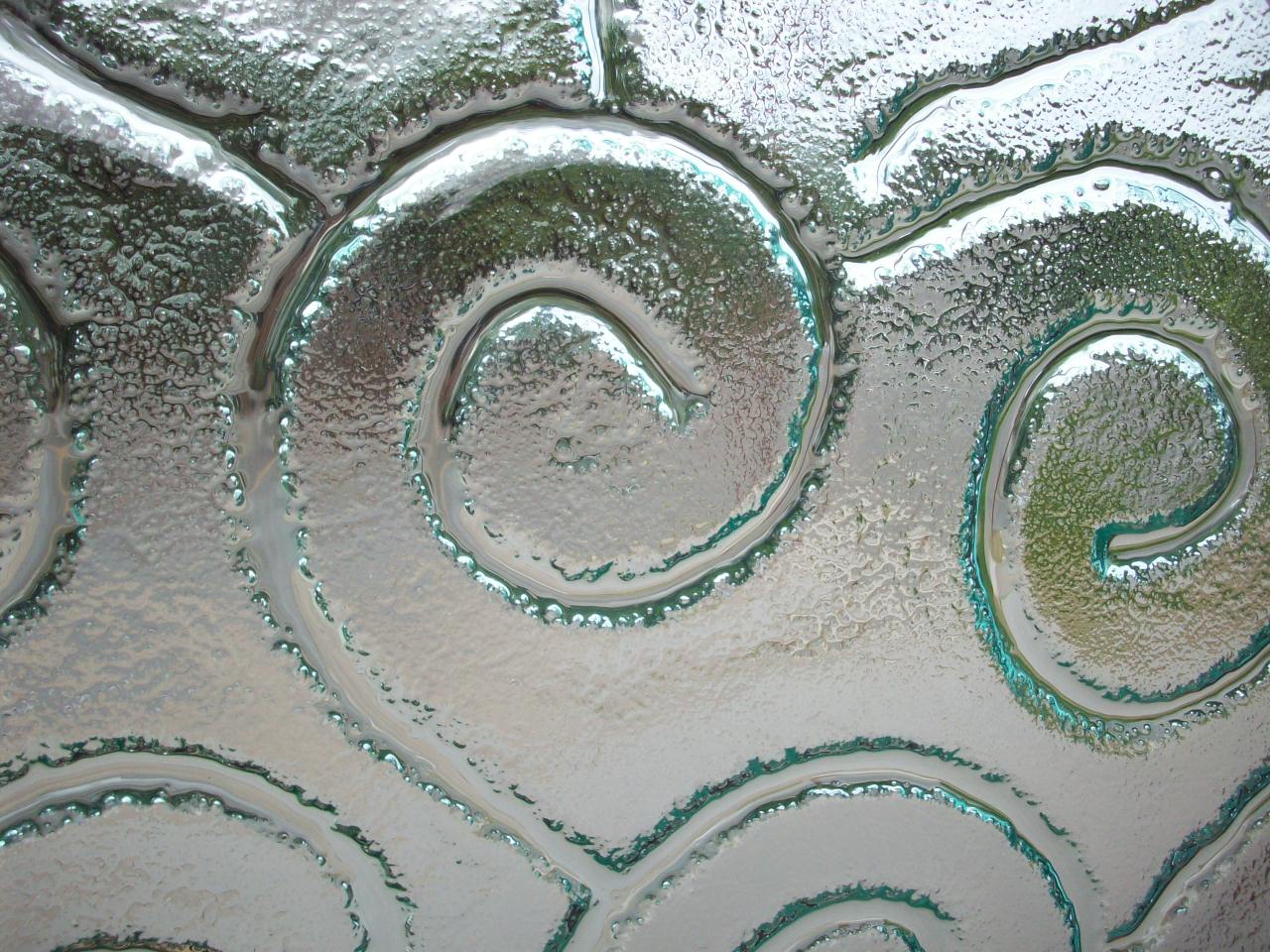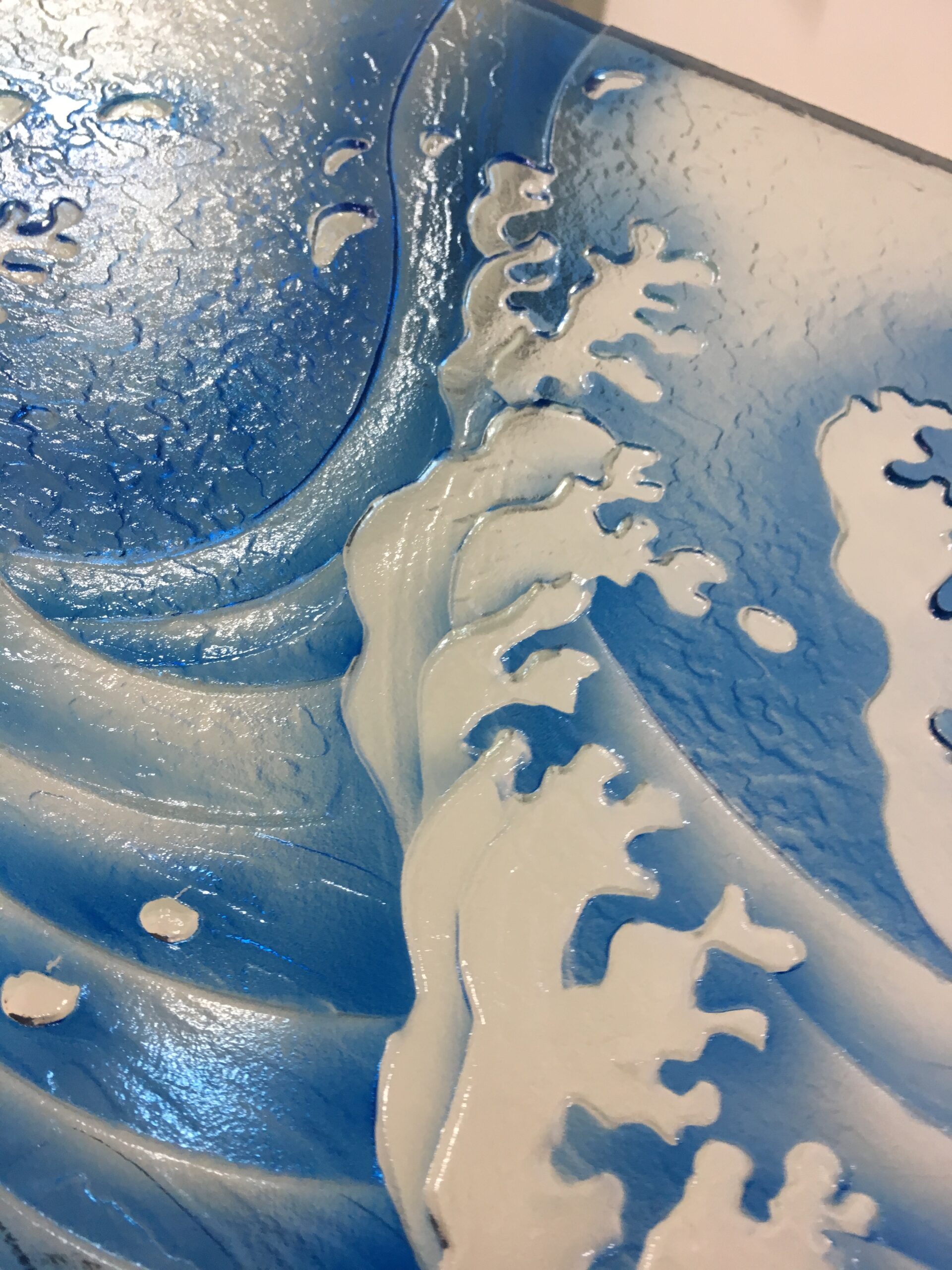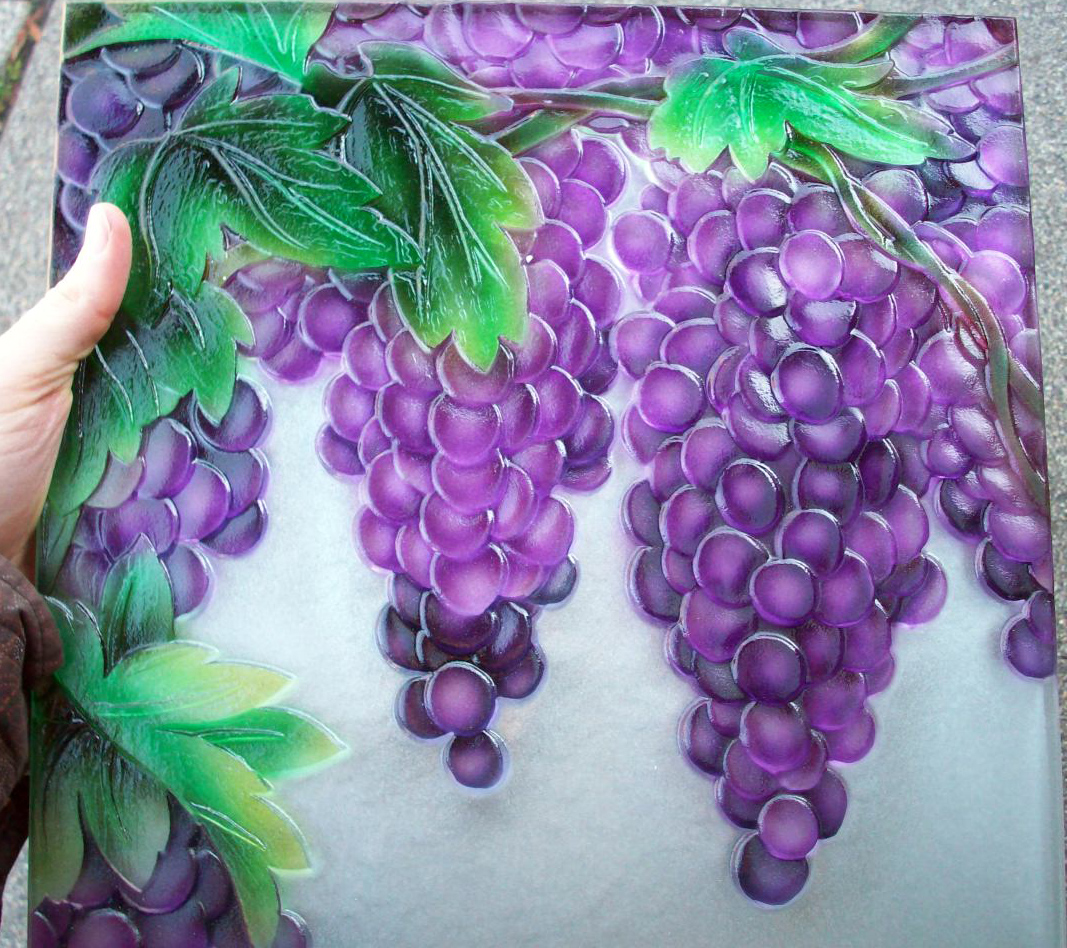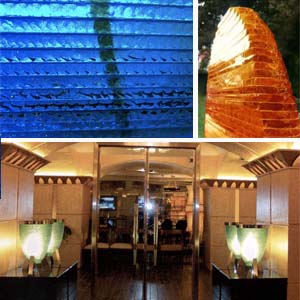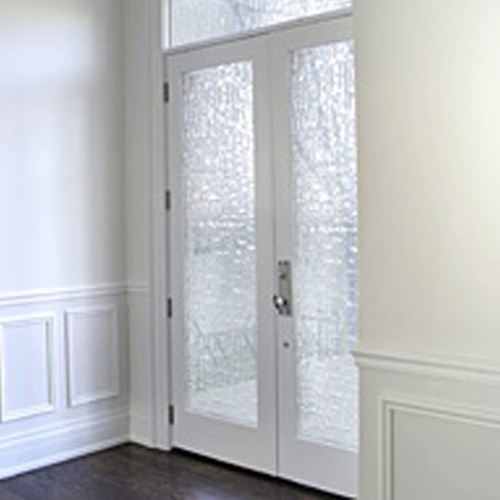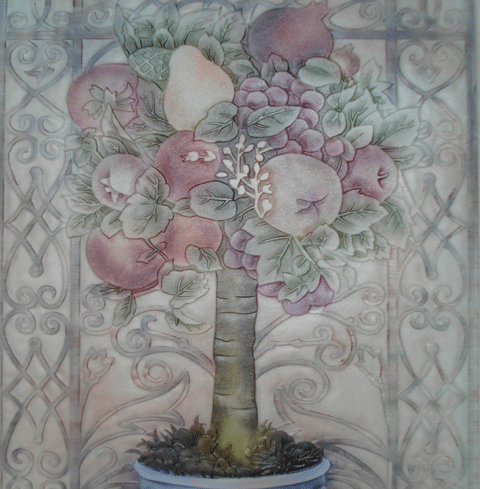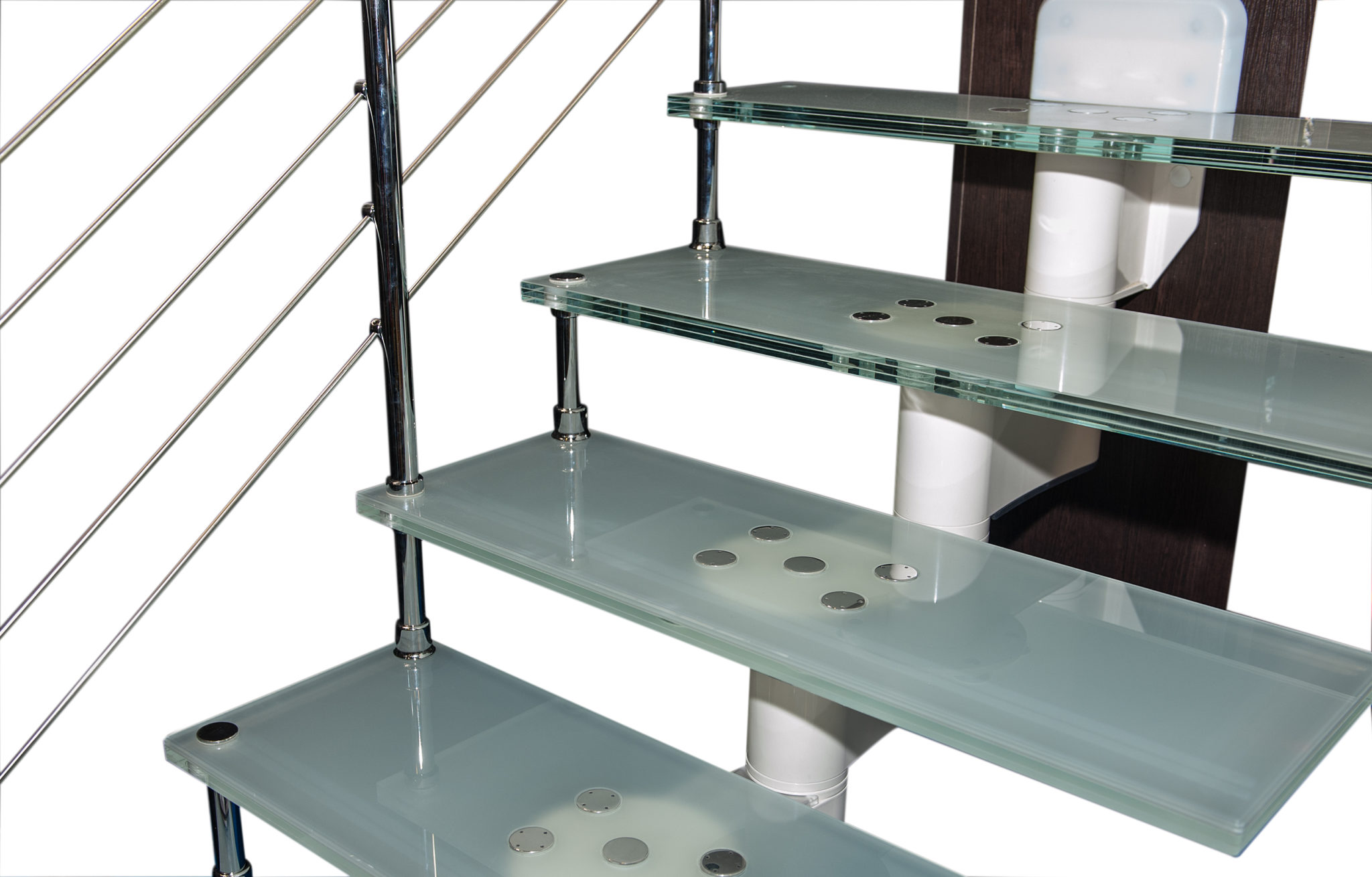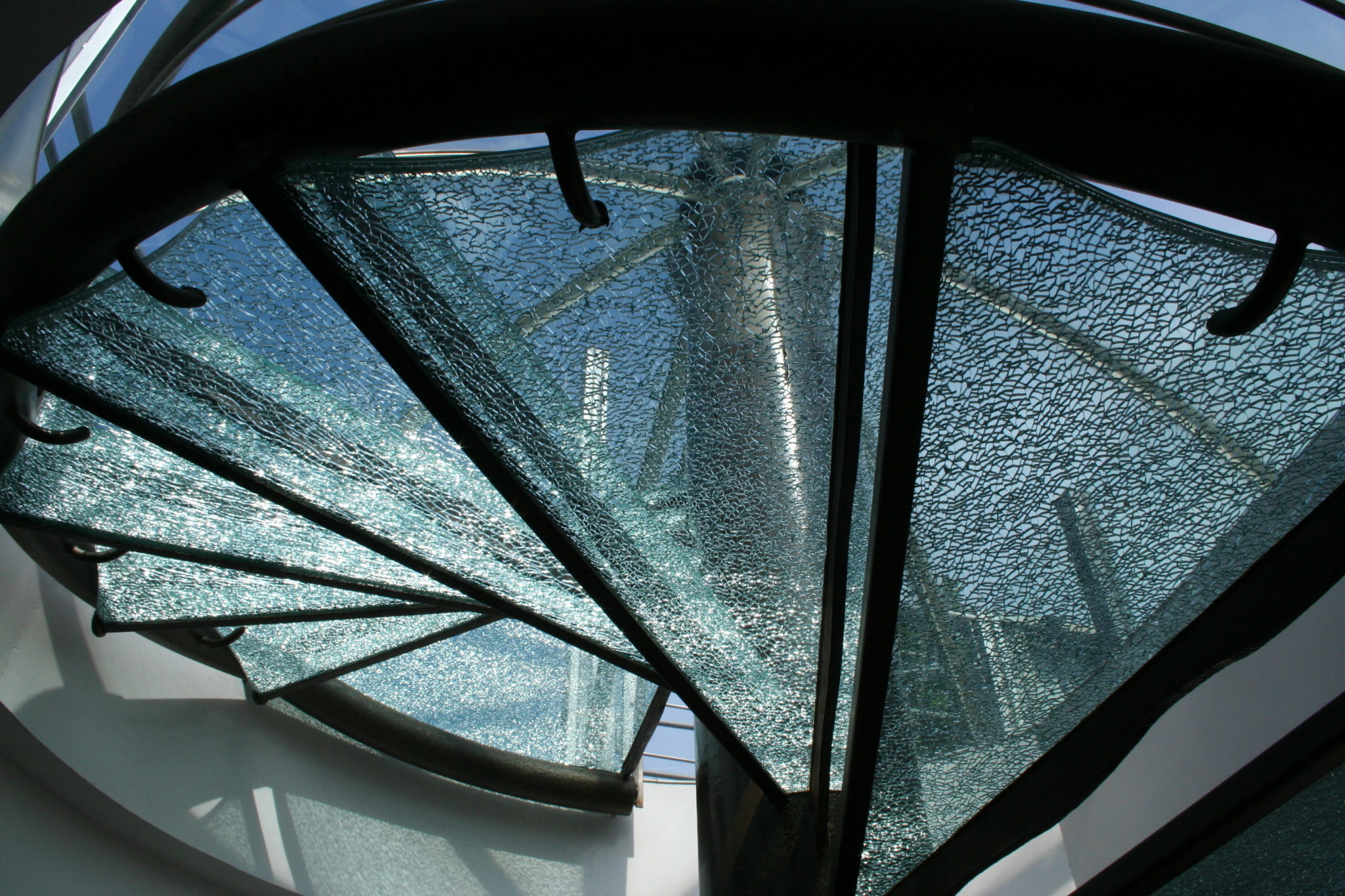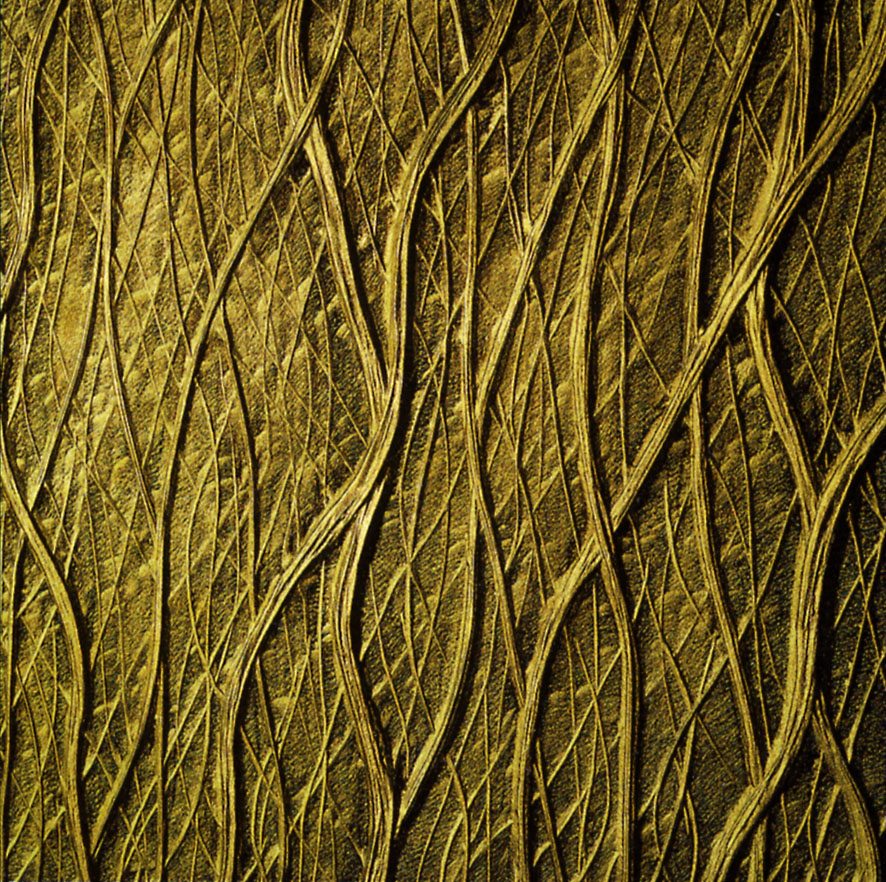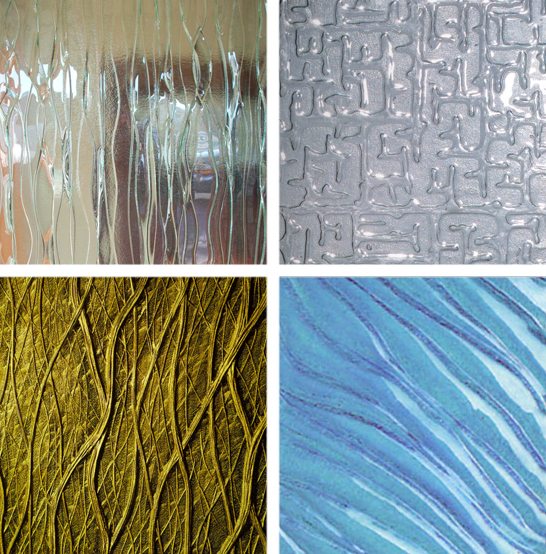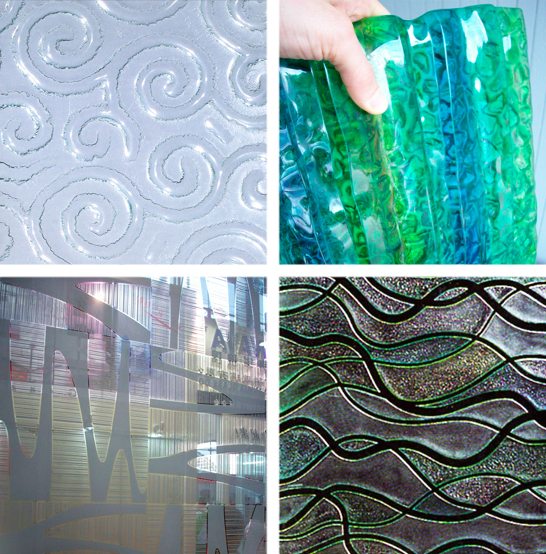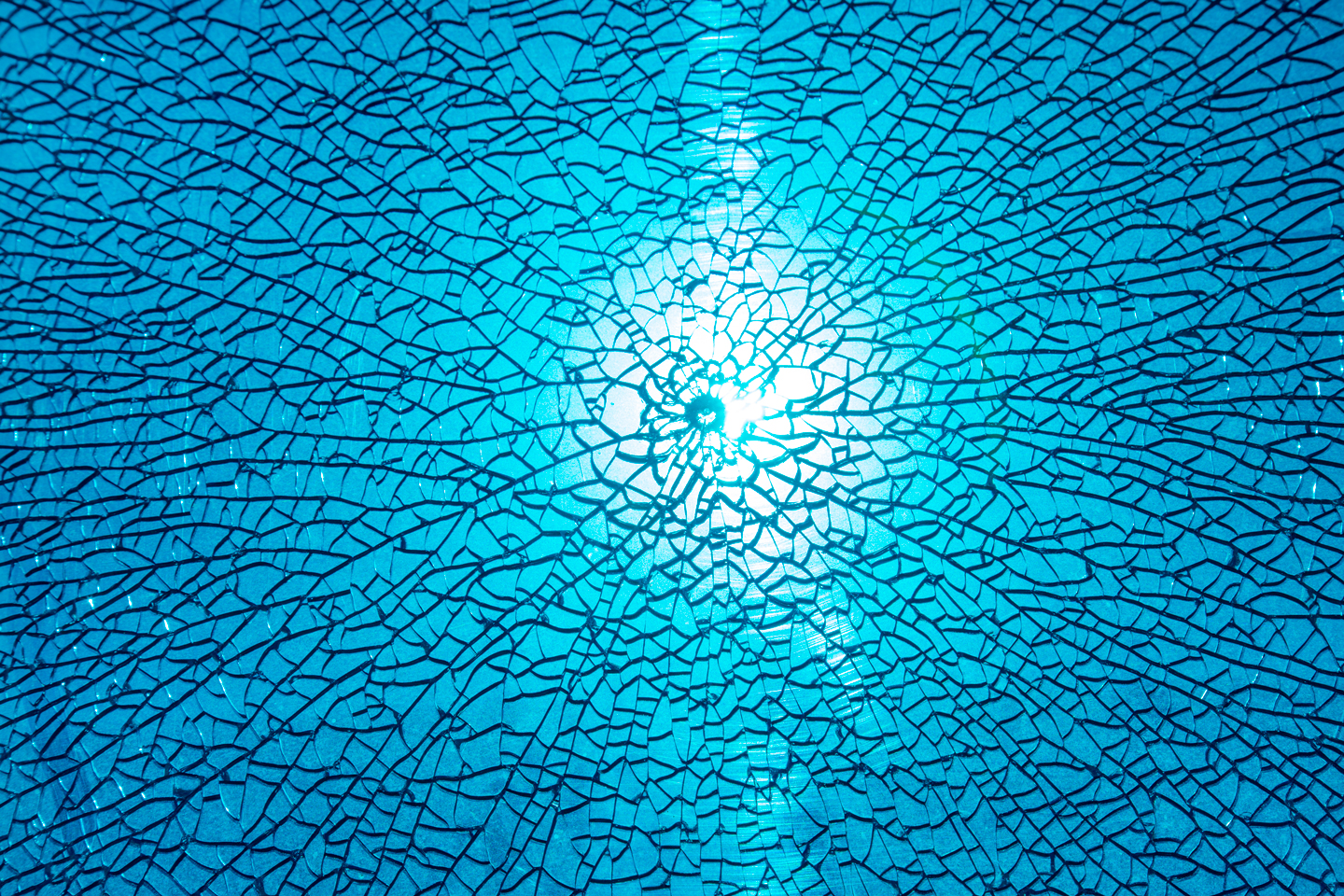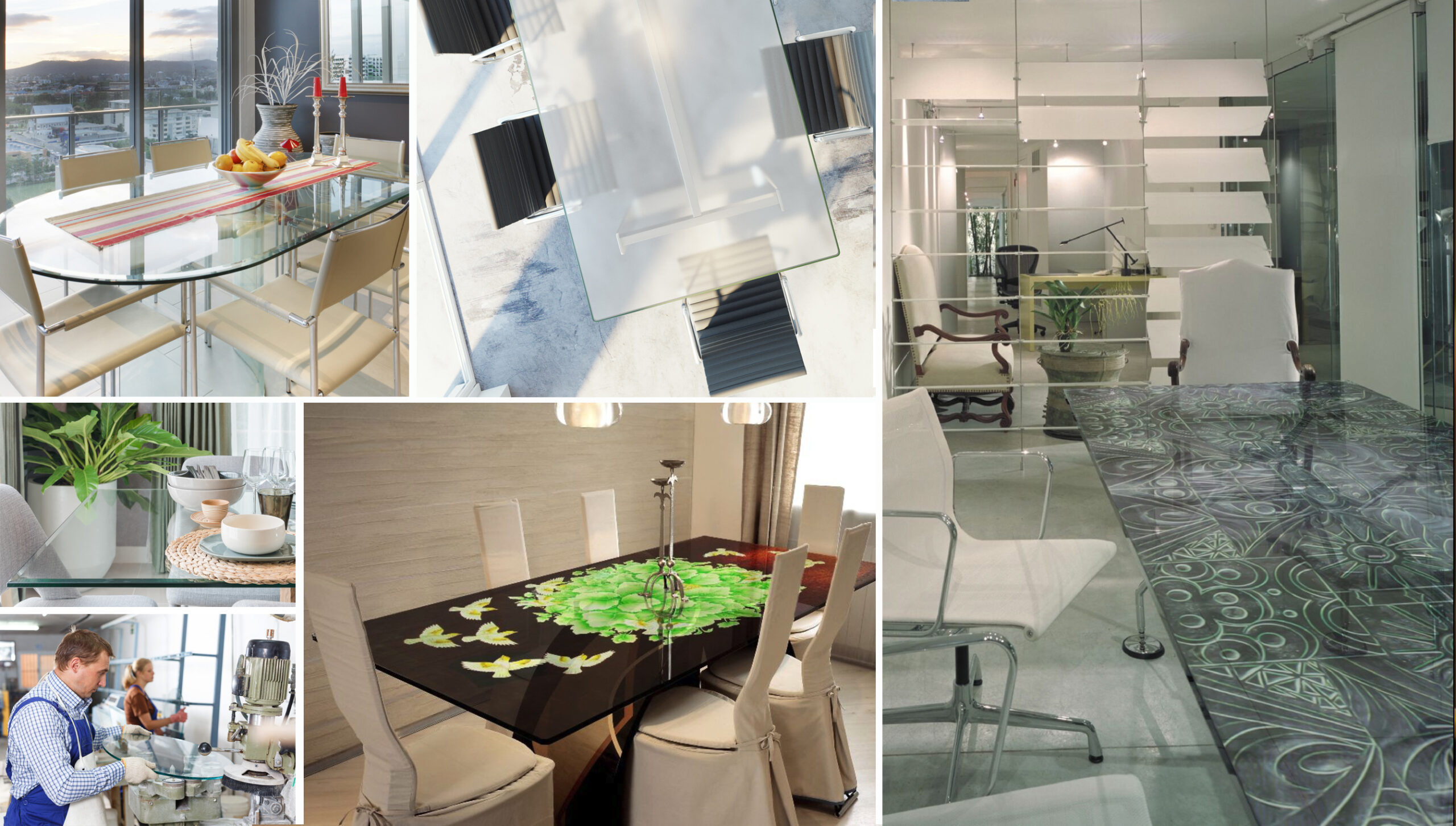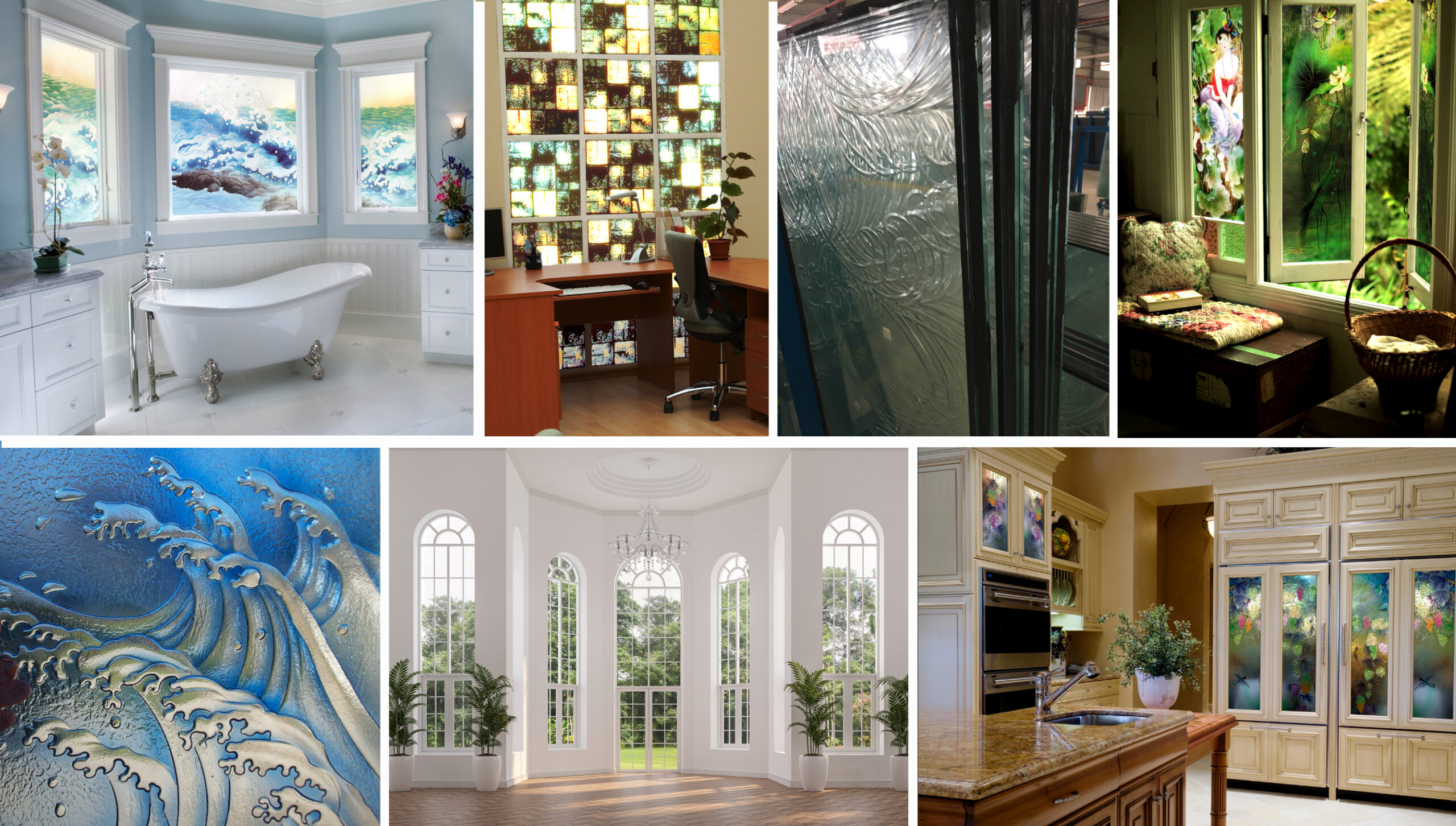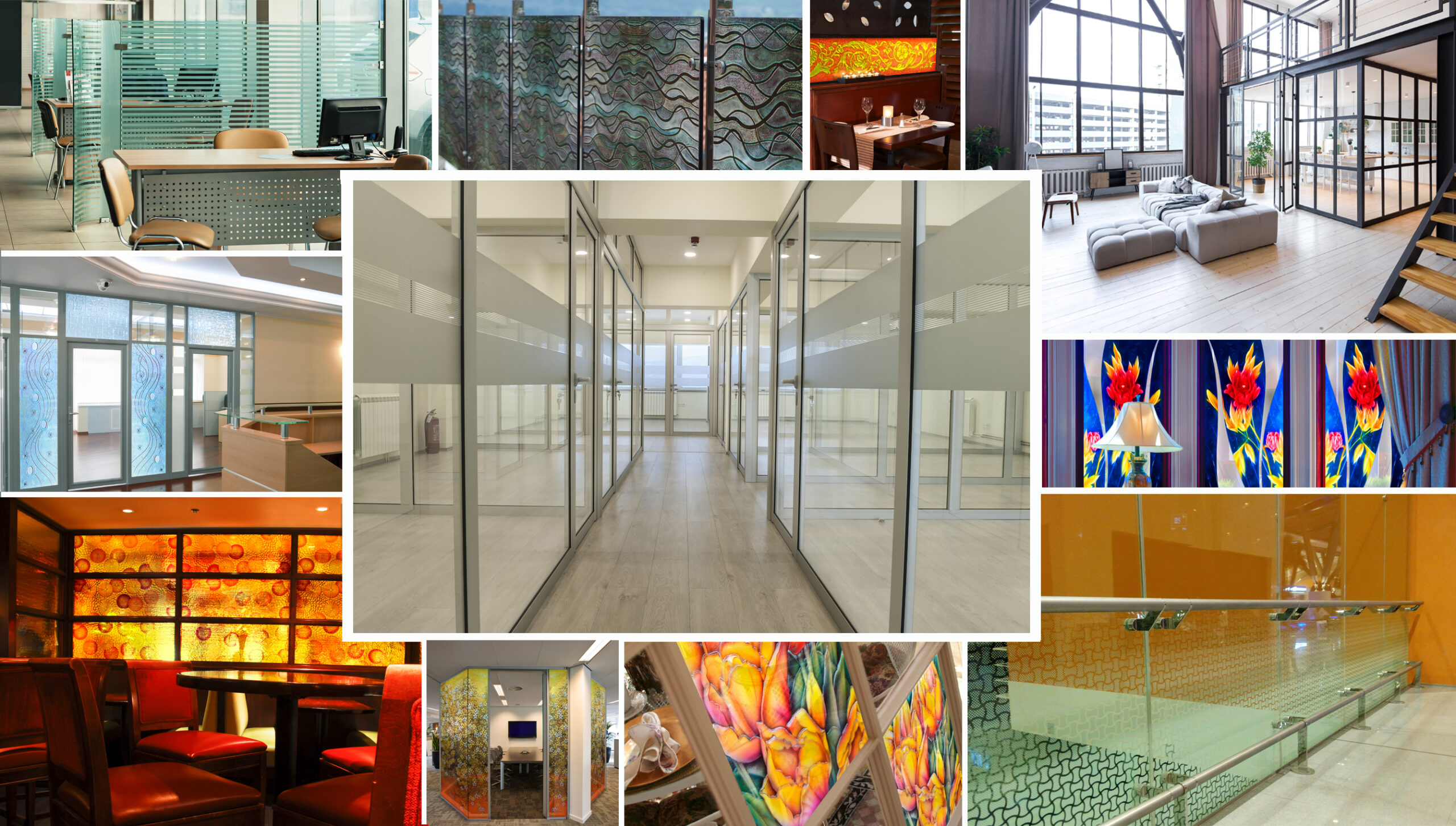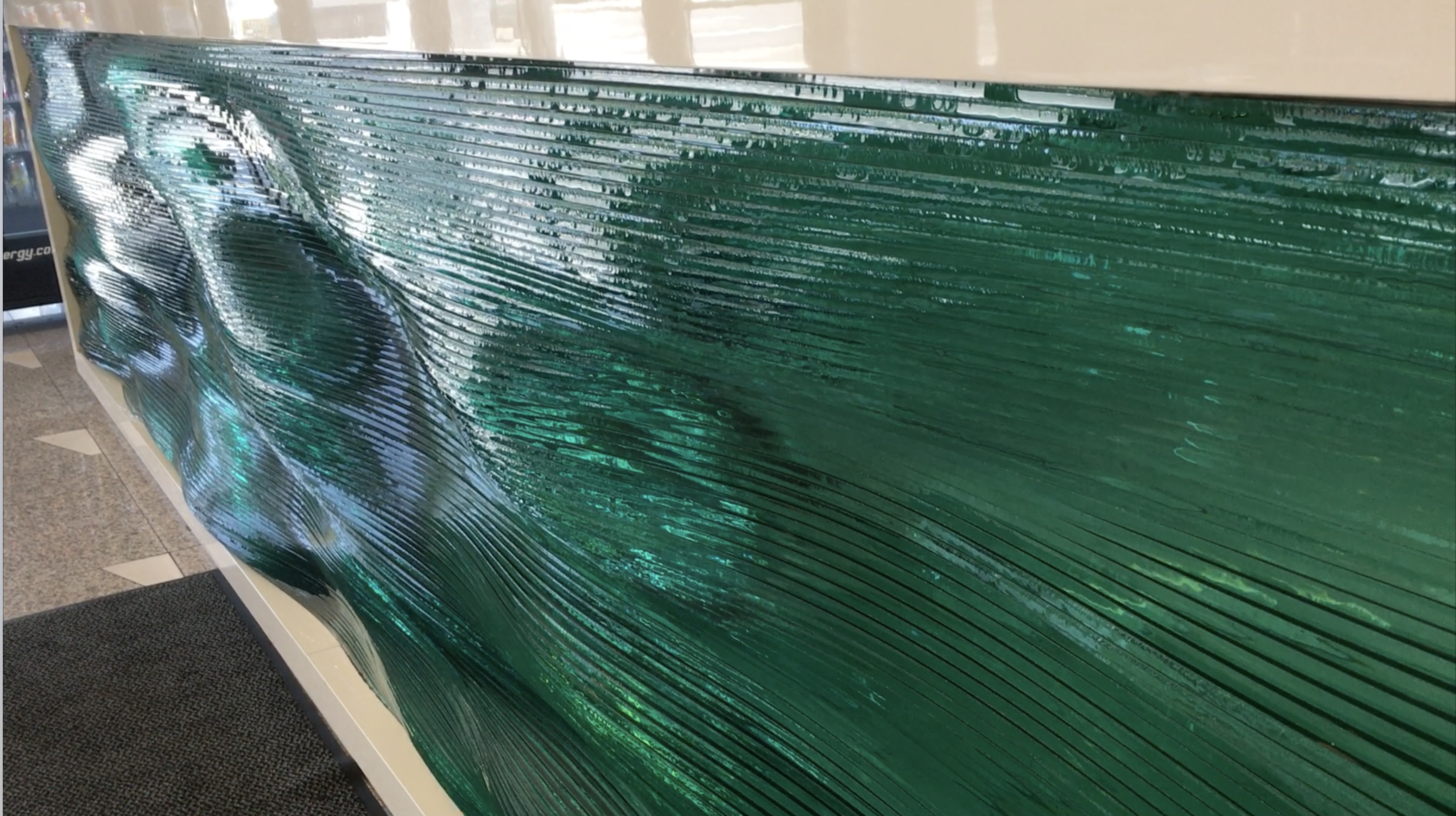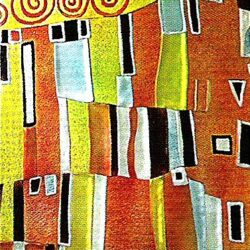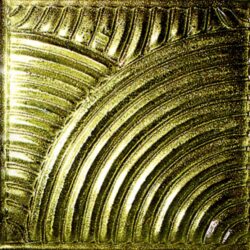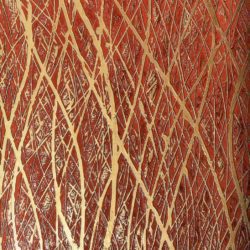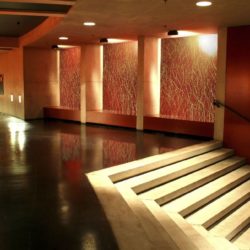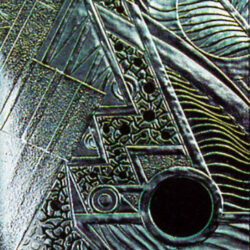Textured Glass for Interior Design Applications I Carved Etched Slumped Cast Stacked Glass Applications
$1.00
Description
Textured Glass: The New Epoch in Interior Design
As the world of interior design constantly evolves, it seeks materials that not only serve a functional purpose but also elevate the aesthetic appeal of spaces. One such transformative material breaking the barriers of traditional design is textured glass. Intricate, captivating, and customizable, textured glass has cemented its position as the latest trend in interior design, and for a good reason.
From Tradition to Trend
Historically, glass served primarily transparent, utilitarian functions. However, the convergence of art and architecture ushered in a new age where glass transformed from being a mere barrier to a canvas that reflects creativity. Textured glass, with its ability to manipulate light, color, and shadow, offers designers a spectrum of possibilities, making spaces feel larger, more open, or even more intimate.
The Many Facets of Textured Glass
Textured glass is not a monolithic term; it’s an umbrella that shelters a diverse range of techniques, each with its unique charm:
- Carved Glass: Through abrasive tools or lasers, artists etch designs onto the glass surface, resulting in multi-dimensional pieces that capture and refract light in enchanting ways.
- Etched Glass: Utilizing a mix of acidic, caustic, or abrasive substances, etching produces a frosted look, offering both privacy and elegance.
- Slumped Glass: By heating glass over a mold in a kiln, it “slumps” or drapes to take the shape of the mold beneath, leading to beautiful contoured forms.
- Cast Glass: Poured into molds and then cooled, cast glass results in three-dimensional patterns and structures, with each piece being distinct.
- Stacked Glass: Layers of glass are stacked and adhered together, creating a textured, crystalline appearance.
- Painted Glass: Artists use this as a canvas, applying colors, often backed by a heat process, to ensure longevity.
Palace of Glass: Pioneering the Renaissance of Textured Glass
In the realm of decorative glass, few names resonate as profoundly as the Palace of Glass. Their expertise and vision have played a pivotal role in bringing textured glass to the forefront of interior design:
- Customization is Key: Palace of Glass understands that design specifications are as varied as imaginations. Hence, they specialize in customizing art glass tailored to individual project needs. Whether it’s a specific shape for a tabletop or a massive panel for a partition, they have the capability to mold the glass accordingly.
- Safety without Compromise: While decorative glass is an art piece, Palace of Glass ensures it’s also resilient. Manufacturers can temper glass panels, which makes them four to five times stronger than regular glass. Alternatively, manufacturers can laminate them to hold shattered pieces together for additional safety. These safety measures do not compromise the aesthetics but enhance the durability and security of the installations.
- Bending Boundaries: Some designs require curves, and Palace of Glass rises to the challenge, bending glass to align with the curvilinear demands of projects.
- Ease of Installation: Design doesn’t end when the product is ready. Installation is a crucial phase, and to ensure seamless integration, Palace of Glass can craft holes and cut-outs in the glass, ensuring they fit perfectly with fixtures or fittings.
Conclusion
Textured glass, with its myriad forms and applications, is revolutionizing interior spaces. Gone are the days when walls were mere partitions; today, they are canvases that tell stories, windows that play with light, and barriers that offer glimpses into different worlds. Spaces are no longer just functional; they resonate with emotions, moods, and narratives, all thanks to the artful use of textured glass.
With industry leaders like Palace of Glass championing the cause, the future of interior design shines brightly. Each glass panel, textured with passion and precision, promises a blend of art, utility, and innovation. As designers, architects, and homeowners continue to explore the limitless potential of textured glass, it’s clear that this trend is not just a fleeting moment in design history but a timeless addition to the annals of interior design.
